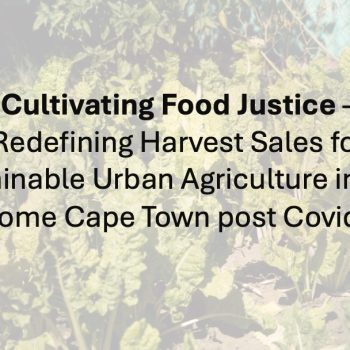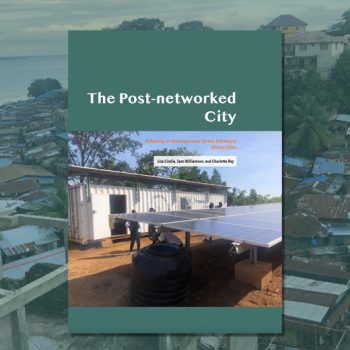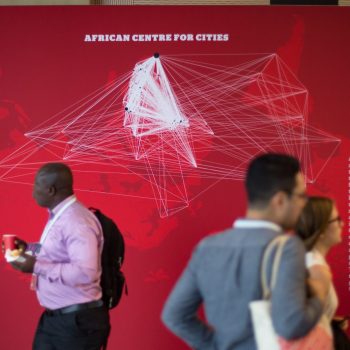About
Almost all the urban growth between 2015-2050 will be focused in Asia and Africa. Already, these regions host some of the largest, most dense and dynamic urban concentrations in the world. As the global economy repositions onto a multi-nodal and increasingly Asian base, the theoretical and policy significance of urban centres in these regions cannot be overstated. This project reflects the coming together of the research trajectories of Edgar Pieterse and AbdouMaliq Simone in order to produce a monograph on contemporary urbanisms in the global South, due for publication by Polity Press in late 2016.
Situating African-Asian Urbanisms
The project recognises that cities across Africa and Asia move towards and away from each other in significant ways. No longer, if ever, are cities coherent actors in themselves. As social and administrative entities, cities nevertheless attempt to posit themselves as dynamic engines of economic growth and social transformation. Urbanization as a process once embodied by the city-form, now takes on varying shapes and sizes, expanding cities into megalopolises, shrinking them into shadows of former selves, or articulating a vast range of places and resources in tight relationships of interdependency.
Some of the key theorists of urbanization, from Robert Wirth, Lewis Mumford, Manuel Castels, Henri Lefebvre, David Harvey, Saskia Sassen, and Neil Brenner all point, albeit in different formulations, to urbanization as both a process of intensive differentiation and the subsuming of singular spatial and human experiences to a continuous remaking of abstract worlds. The city is always something to be remade according to new models, to new possibilities of generating value. As such, cities across Africa and Asia share the problems of producing more specular built environments, accommodating large numbers of recent and usually poor residents, and managing vast and easily bubbled property markets.
Yet, the composing of these similarities can entail very different procedures and elements. While cities and urban regions often act like unstoppable juggernauts in their pursuit of spectacular and easy profits, the messy details of how the particular spaces within them get to have the kinds of populations and characteristics they have draw upon divergent histories and day-to-day encounters. Cities are arenas of action, and they vary greatly as to how actions are considered, controlled, valued, and for whom certain actions are safe and legitimate. While cities may no longer embody the critical dimensions of urbanization, they remain powerful objects of imagination, identification, and administration.


